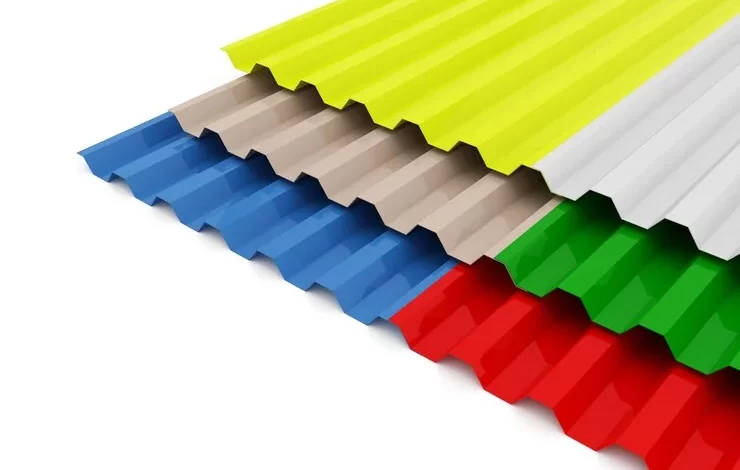Top 5 Commercial Roofing Materials

Are you looking to install or replace a roof for your business property? Choosing the right roofing material is a big decision that affects your building for many years to come. Let’s explore the top commercial roofing materials that provide excellent protection for businesses across the country.
TPO Roofing: Energy Efficiency at Its Best
TPO stands for Thermoplastic Polyolefin, and it’s becoming a favorite choice for many business owners. This single-ply membrane reflects sunlight instead of absorbing it. This helpful feature keeps buildings cooler during hot summer months and can lower your energy bills.
The white surface of TPO roofing bounces the sun’s rays away from your building. Most commercial roofing experts recommend TPO for businesses looking to cut cooling costs. It’s also resistant to dirt, bacteria, and algae growth, which means less cleaning and maintenance for you.
TPO roofing typically lasts between 15 to 20 years when properly installed and maintained. The material is also fully recyclable when it reaches the end of its life, making it an environmentally friendly option for green-minded business owners.
EPDM: The Rubber Roofing Wonder
EPDM (Ethylene Propylene Diene Monomer) is often called rubber roofing and has been trusted in the industry for decades. It’s known for being extremely durable and weather-resistant. EPDM can handle extreme temperatures without cracking or splitting.
This material comes in large sheets, which means fewer seams and less chance of leaks. Business owners appreciate that EPDM is one of the most affordable roofing options available today.
Installation is relatively quick compared to some other roofing systems. With proper care, an EPDM roof can protect your building for 20 to 30 years. It performs especially well in colder climates where its black surface helps absorb heat.
Metal Roofing: Built to Last
When longevity is your top priority, metal roofing deserves serious consideration. These systems can last over 50 years with minimal maintenance. That’s more than twice the lifespan of many other roofing materials!
Metal roofs stand up incredibly well to harsh weather conditions. They can withstand high winds, heavy snow loads, and extreme temperatures without damage. This outstanding durability makes them ideal for buildings in areas that frequently experience severe weather.
Today’s metal roofing comes in various materials including steel, aluminum, copper, and zinc. Each option offers its own benefits depending on your specific needs and budget. Most metal roofing contains recycled material and is 100% recyclable at the end of its life.
Modified Bitumen: Traditional Technology with Modern Improvements
Modified bitumen combines the reliability of asphalt with added polymers for enhanced performance. This combination creates a roofing material that offers excellent waterproofing and flexibility. It handles building movement and temperature changes without cracking.
The factory-controlled production ensures consistent quality throughout the material. Installation methods vary from torch application to cold adhesives, giving installers flexibility based on building requirements.
This roofing option works particularly well for buildings with flat or low-slope roofs. Many business owners choose modified bitumen for its proven track record and reasonable cost. It typically provides 15 to 20 years of dependable service when properly maintained.
Green Roofing: The Eco-Friendly Choice
Green roofs are living systems that feature actual vegetation growing on top of waterproof layers. These innovative roofing solutions offer unique benefits that go beyond just protecting your building from the elements.
The plants and soil act as natural insulation, potentially reducing your energy costs by up to 75% during summer months. Green roofs can last up to three times longer than conventional roofing materials because the vegetation protects the underlying waterproofing from UV damage and temperature fluctuations.
These roofing systems absorb rainwater, which helps reduce stormwater runoff and can prevent local flooding. Many cities now offer incentives for installing green roofs because of their environmental benefits. While installation costs are higher initially, the long-term benefits often outweigh this investment.
Choosing the right commercial roofing material depends on your specific building needs, climate conditions, and budget considerations. Working with experienced professionals ensures you get the best solution for your property.
Choosing the right roofing is important, and for more helpful tips, visit homeimprovementgeek for expert advice in simple words!



